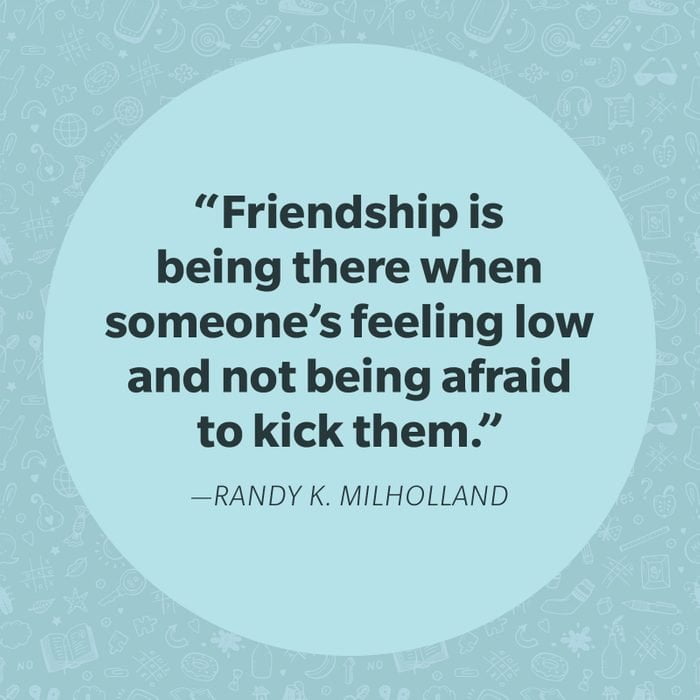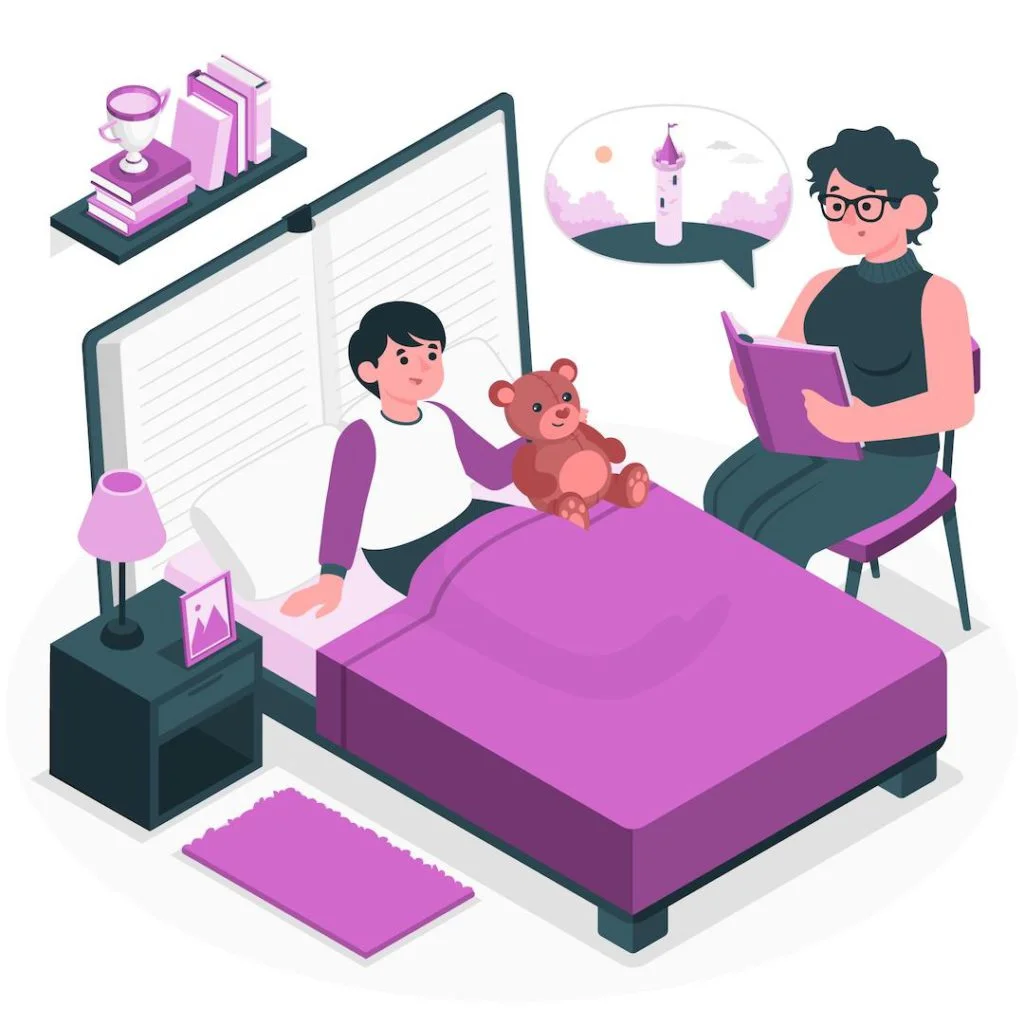Introduction
Communication is one of the many qualities that make us human. Today, we’re going to show you how to create an informal letter eventually. Let’s first look at the history of letter writing before we start writing letters.
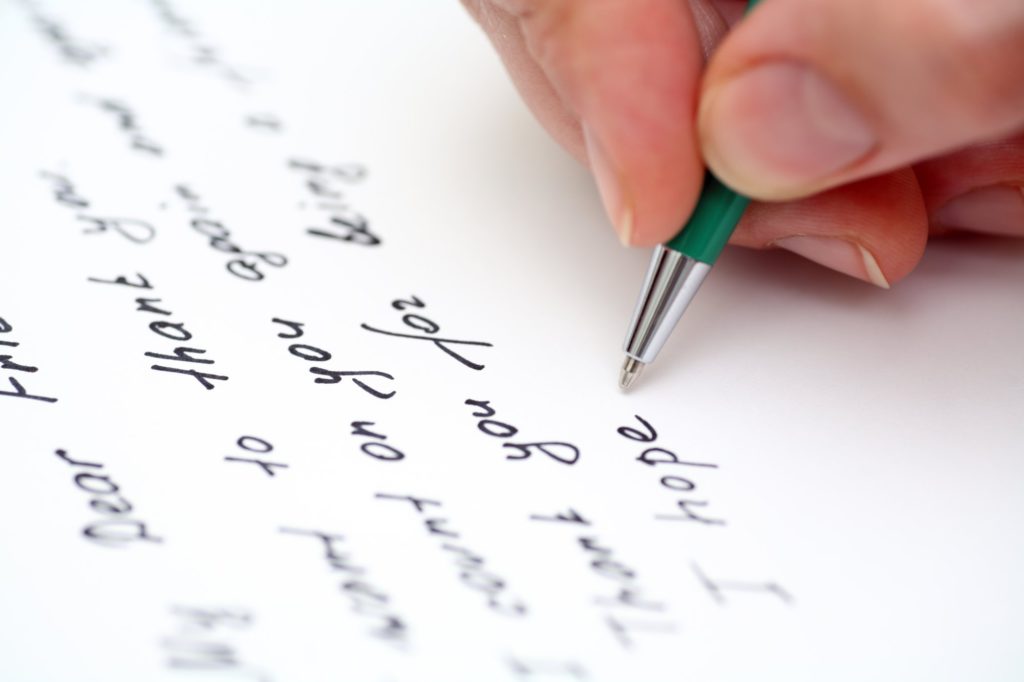
Humans can communicate in multiple languages, not just through speech, but also with gestures and expressions. But what sets us apart is our ability to write. Writing and reading have become an integral part of our daily lives within the first few decades of a person’s life.
Writing has been a common skill for humans. Messages are an important and constantly evolving form of communication between humans. Around 500 BC, Atossa, a Persian queen, wrote the first handwritten letter.
Informal Letter Writing
The communication industry has seen a boom, allowing for groundbreaking inventions that allow fast messaging. Many people believe that email, text messaging, and video calling have eventually replaced the need to write letters. But is it?
Moreover, what is the reason our ancestors started writing letters? Since the ‘Before Common Era,’ letters have been part of our society. They dominated long-distance communication up until Alexander Graham Bell invents the telephone in the latter half of the 19th century.
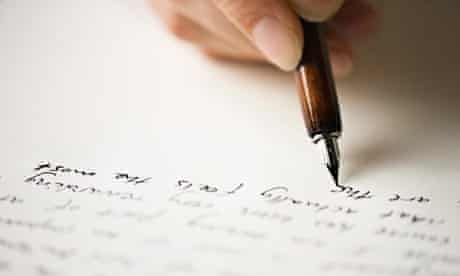
Even though this breakthrough was significant, the telephone underwent many changes before becoming a household name in the latter half of the 20th century. The letters have also been an invaluable source of information for unravelling history.
To understand the political relationships between states and kingdoms, and to discover the undiscovered scientific discoveries and inventions, historians have used recovered correspondence. These letters help us to understand how languages, as well as cultures, have developed and changed.
What is an Informal Letter?
It is essential to be able to communicate information as well as personal matters. Therefore, you must have letter-writing skills. Meanwhile, we will be discussing how to write informal letters and sharing tips on how to improve your efforts. Now, let us get started.
An informal or friendly is a personal letter that is sent to family members, friends, or loved ones (An informal letter to a friend). It’s written in a personal manner. It can be written to any person with whom you are not also in a professional relationship. However, it doesn’t have to exclude friends or colleagues with who you work.
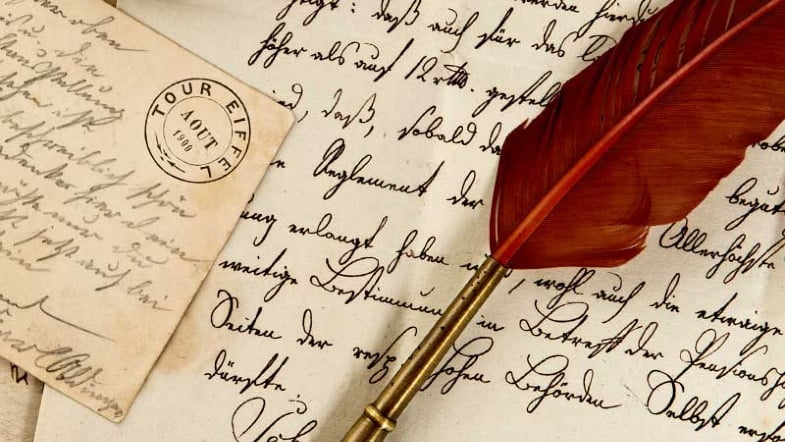
Informal letters have fewer formatting requirements than formal or business letters. You can use the letter to convey messages, news, give advice, congratulate the recipient, request information, or also ask questions. This is a personal letter that you write to someone you know, such as your parents, siblings, or other close friends. A casual letter can be written in a friendly tone also.
The difference Between Formal and Informal letters
Informal and Formal Letters – The formal letter was created for professional as well as business purposes. It has a specific purpose. It is written in simple language that is easy to understand and read. Informal letters are for relatives and friends and require a casual tone.
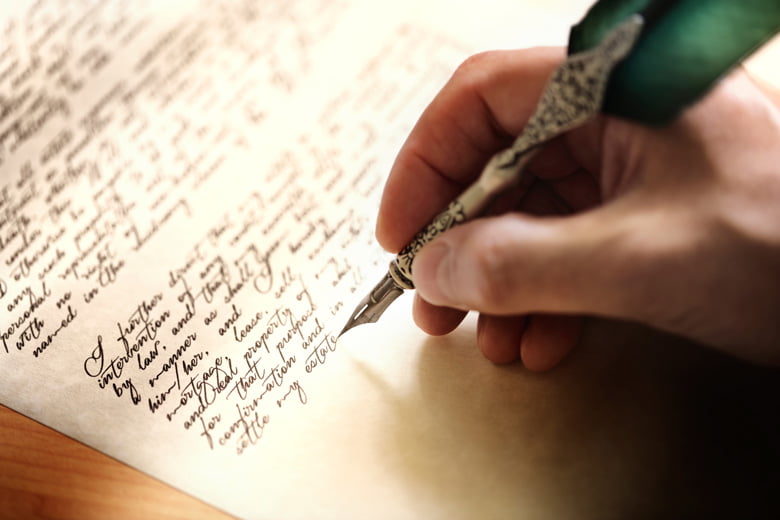
A formal letter must be brief and also not include irrelevant information. The informal letter, however, can be longer.
Formal letters can be used to write letters to business contacts. partners, suppliers, customers, clients, etc. a college, institute, employer, professional, etc. We also write informal letters to our friends, family, and acquaintances.
Points to be Noted in Informal letter

Who and What?
These points can be thought of as two sides to a coin. Undoubtedly, these letters should be personal and addressed to someone you are familiar with. Think about the question “Why?” and what you are trying to convey to them. Before you write, think about these questions.
Language
You can use any lingo too. You can use short forms, spelling modifications, and also bilingual words. Don’t worry about technicalities or strict grammar rules if you aren’t writing an informal letter to an exam. An informal letter writing, emotion is more important than grammar rules. This brings us to the final point.
Emotions
Writing informal letters has more emotional impact than formal letters. These letters are emotional because they combine content and candidness. Don’t forget emotion, even if your letter is intended to recall facts.
Tell the person how that particular incident affected you. You might, for example, write a letter to your brother wishing him Raksha Bandhan. Talk about previous years’ celebrations. Recall any happy memories.
Edit Your Work
Editing can help you maintain a casual and candid tone in your letters. However, don’t over-edit. Don’t make it boring. Keep your eyes on what you are trying to accomplish. To ensure you cover all points, create a mental checklist. To keep your writing lively and interesting, use phrasal verbs and also anecdotes.
Informal Letter Format
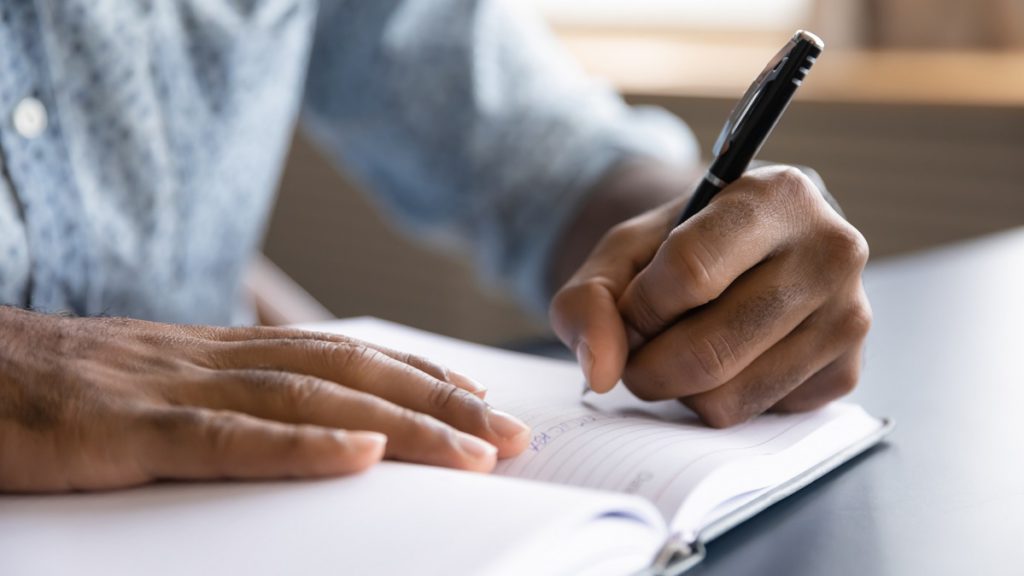
There is no standard format for informal letters. There is however a pattern or convention that most people follow. This pattern will also be discussed along with some tips for writing effective and appealing informal letters. These guidelines can be used as a guideline when writing a letter. They aren’t hard and fast rules.
Address
Your address is the first thing you should write. The address of the writer ( basically the sender’s address). It is usually written on the left-hand margin of the page, at the top. The address must be correct and complete.
You must give the address to your family members and friends, even if you are writing to them. This will allow them to reply to your letter quickly. Do not forget to include your country if the recipient is from another country.
Date
The date is next, just below the address. This gives the reader a date so that he can refer to the informal letter. This allows him to better relate to the contents of his letter. It is preferable to include the date in an expanded form.
Greeting
Since you already know the person you’re writing to, you can make the greeting informal. You can use your first name to greet a friend or relative, such as ” Dear Alex”.
If you are writing to your relatives like your mother/father/aunt/uncle etc, you may greet them as such, for example, “Dear Mom”. And if you are writing to an elder person, someone you respect greatly you can address them as Mr or Mrs Like say for example you were writing a congratulatory letter to your teacher, it can be addressed as “Dear Mrs Alex”.
Introduction Paragraph
Now let’s begin to write the actual letter. The tone of the letter is set by the opening paragraph. Perhaps you ask the recipient about their health. You might also say that you wish the recipient is in great health and spirits. You should make informal letters feel comfortable and casual when opening them. It should also not be as formal and direct as in business letters.
The Body of the Letter
You should keep the tone of your letter friendly. However, you need to adapt the language and wordings to the recipient. You can be casual and even sarcastic with a friend. However, if you’re writing to an elderly relative, be respectful and considerate.
To determine the tone of your letter, you can refer to how you speak to that person during a conversation. Then, apply the same syntax to the letter.
Informal Letter Format – Conclusion
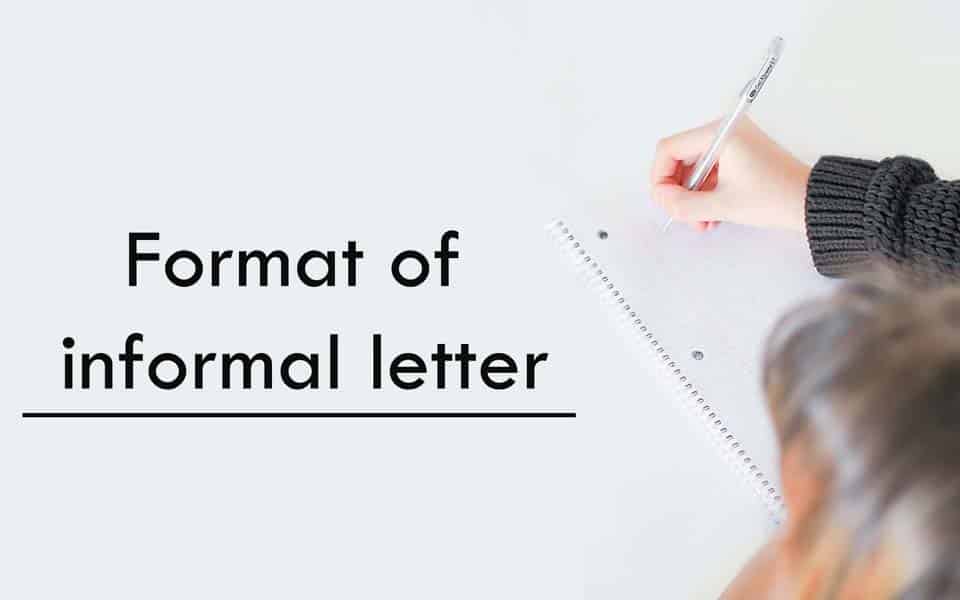
The conclusive paragraph should summarize the reasons for writing the letter. Summarize the letter. Let the reader know that you are sorry. Don’t forget to invite the reader back to your letter or to reply. It also indicates an intention to continue the conversation.
Signature
Signing off informal letters can be done in many ways. They don’t have to be signed in a certain way. These are some of the most commonly used phrases
- Many Loves
- Best,
- Best wishes
- Kind regards,
- Kindly,
Choose the one that suits your occasion best and sign your name beneath the greeting.
How To Write An Informal Letter?

Formatting Your Letter
Notify us of your address and the date (optional). Place your current location on a piece of paper in the upper lefthand corner. Record the date and month in the upper left-hand corner of a clean sheet of paper or new word processor document.
- You can spell the date in full (“Wednesday, February 12, 2018”) or you can use the abbreviated numeral (“2/12/18”) to keep it simple.
- These details are a great way to tell your recipient when and where you wrote the letter. This is especially helpful if you live in different parts.
Inscribe the name of your recipient At the top of each letter Begin your letter with the name of the recipient. The opening address is traditionally located in the upper lefthand corner of the page. However, you can place it wherever you like, as long as there’s enough space to include your message below it.
- You can also add a salutation to the recipient’s name if you wish, such as “Dear,” or “My darling,” but you don’t have to.
- If you are writing an open letter but don’t know who the recipient is, begin with a general address such as “To whom it may concern” and “To anyone who reads this letter.”
Send your message in the body of the letter You can also use the space below your recipient’s name for anything you wish to say. You can make your letter as long as you like.
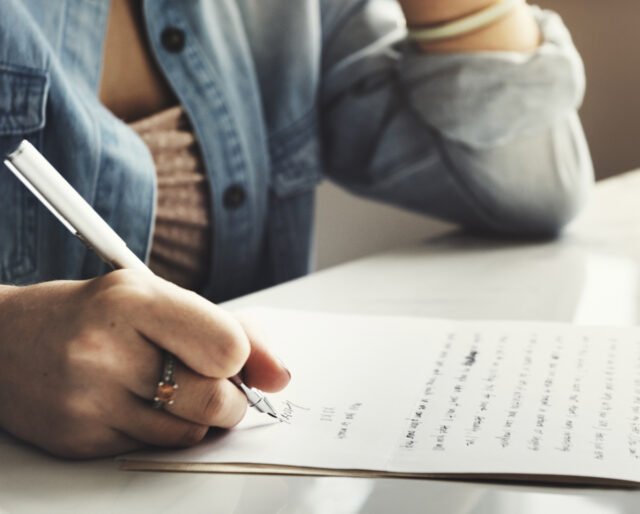
- Let your heart swell! You can either start over on the first page or flip the paper and write on the back.
- You can keep your handwriting organized by using lined paper such as a notebook or journal paper.
To close the letter, write a brief closing. After you have communicated your message in the body, make sure to leave some space (about one line) below the last sentence for a sign-off.
- You might use the following closing line: “Sincerely,” or “Yours truly”Your recipient will know when the letter is finished by closing.
- You don’t need to send a formal letter. If you don’t wish to, you can also just sign off with your name.
Tip: Write a closing that best reflects the reason you are writing. For example, a letter of condolence could be ended with “My deepest sympathy.”
Please sign your name at bottom of the letter. If you have included a closing line, place your name there. This will act as a lead-in to your signature. It’s possible to sign your name in cursive, formal script, or both. However, it is also acceptable to print it or type it.
- Depending on how familiar you are with the person to whom you’re writing, you might also use your full name or your first name.
Add Some Style
1. For a more human feel, keep your language conversational Informal letters should be read casually and in a relaxed manner. You are free to use contractions and hypothetical questions as well as inside jokes and other figures. This will allow your natural voice to be heard by your reader.
- It can help to think of a conversation you are having with a friend, and then write what you would say.
Tip A good tip is to start your letter off with this: “Hello bestie!” It’s amazing how fast time goes! We’re running after boys at summer camp one minute, then the next we’re getting married. It’s weird to be an adult!
Spice Up Correspondence
To spice up your correspondence, use coloured inks or fonts. For newspapers and formal letters, black ink is best. Use your brightest pens to add some personality to the page. If you are writing to a friend, bright colours like red, green, and red can be great attention grabbers.
- Mixing colors can also be a great way of breaking up the monotony and highlighting keywords or phrases.
- The color you choose must be visible on both sides of your letter paper. Your message might not be easy to read if it isn’t.
To add a visual flair, draw in the margins of handwritten correspondence. You can also use the extra space to fill it with symbols, doodles, and other quirky notes. These elements will let you express your creativity and give the reader something to look at.
- An artist’s rendition of Bigfoot might be a good way to spice up your story about the time you saw him at the mall.
- You could also make a joke of a typo you find in a letter by writing, “I swear I can spell!” beside it.
Mailing Your Letter
. Fold your letter Double it vertically to ensure that it fits in an envelope. You need to fold the letter paper at 1/3 to the top. Fold the doubled section one more time. This will create a neat piece that can be folded in any business envelope.
- This method works best when used with standard 8.5 inches (22 cm) x11 inches (28 cm), printer paper. However, you can also use it to fold other sizes of paper.
Put your letter into an envelope and seal it. To ensure that your letter fits in the envelope, place it widthwise. To finally 6seal the envelope, you can lick the glue strip at the inner edge of it to moisten it. Next, lower the flap by applying gentle pressure for a few seconds until the adhesive sticks.
- You should keep in mind that envelopes can come in many sizes and shapes. Try shopping around to find a better-fitting envelope if you have trouble fitting your letter into a standard business envelope.
Tip To ensure your envelope stays closed, you can use a cotton swab or a damp sponge to keep it from getting rubbed.
Tips
Print the mailing address of your recipient On the envelope’s face Write the name of the person, along with their last name and full address, in the middle of the envelope. Also, include the city, state, or province where they reside.
- If your recipient does not live in a home, make sure to add an apartment number.
- You can write your address in the upper righthand corner of the envelope if you want to let the recipient know who sent it.
Place a stamp in the upper right corner of the envelope Place your stamp right across from the return address so that it is easily visible by your mail carrier. After you have added the correct postage to the letter, you can drop it in the mail and send it to your recipient.
- How Many Stamps Are Required Most letters larger than 1 oz need one stamp unless they have an unusual shape or are not uniformly thick?
- Postage should not be attached in the upper-righthand corner. This could confuse the sorting machine at your local post office. Your might get your letter back in some cases.
Examples Of Informal Letters
Send a note to your friend congratulating them on their success in the class 12 board exam.
Samples
B-32, sector-11
Rohini
New Delhi-110034
January 10, 2021
Dear Muskan
When I found out that you had graduated from your school with distinction and had achieved your goal, my happiness was unstoppable. I was so happy that I wished I could have been there to congratulate your achievements.
It is a fact that perseverance, hard work, and determination can bring about great results. It was a laborious task that you were passionate about. Although I am sure you were nervous, I knew you were confident that you would succeed. Sorry that I was unable to attend the celebration party, despite my wishes.
We look forward to seeing you soon. Keep up the good work and encourage yourself all the time. Your future looks bright. My parents and my elder sister sent me lots of love, heartfelt congratulations, and support.
With love and best wishes.
Yours with love
Shefali
Are you Aakriti/ Abhinav? Send a friend a letter describing your boarding school in 120-150 words.
Answer:
B-32, sector-11
Rohini
New Delhi-110085
March 15, 2021
Dear Muskan
Where have you been? I trust my letter will find you in the best of health. It’s been nearly a month since my transfer to the boarding school. My new school is very good for me. The dormitories and classes are spacious. The school has well-equipped science laboratories as well as a library that houses a large collection of books. There are amazing facilities at the school, including a swimming pool, horse riding track, and archery range.
I am confident that my time here will be exciting and fun. Although I have made many new friends over the years, I miss you and your other friends. Moreover, please send my condolences to your parents.
Thank you very much
Aakriti/ Abhinav

Sample 3. Send a letter inviting Rudra to spend the summer at your Mumbai home. You are Sakshi/ Saksham. You should not exceed 120-150 words
129, Navyug Apartments
Pitampura
Delhi-110034
March 1, 2021
Dear Rudra
It has been a while since we last spoke. Where are you? Take the best care of health and this letter brings you joy.
I thought it would be fun to spend summer break with you at my home in Mumbai as the approach of the summer. I will introduce to you all my close friends and relatives and also6 give you a tour of the city. We will spend quality time together on the beach. The sea breezes make it very pleasant here, which is of course the cherry on top.
Even the thought of us spending the summer together is exciting to me. I must tell you many things, and I expect the same from yours. Send my best wishes to aunty, uncle as well.
We look forward to seeing you soon.
Yours with love
Sakshi/Saksham
FAQ
Question 1. How do you start an informal letter?
Ans. The letter can be started by greeting the person with a hello/hello/Dear. Then, ask the person if they are doing well.
What is the format of an informal letter?
Ans. Always begin a letter with the address of the sender in the upper left-hand corner or right-hand corner. Next, add the date in the lower right-hand corner. A salutation, such as “Dear _____”, should be followed by the date. The letter should also contain an introduction and body.
What are the different types of letters?
Ans. Kinds of letters
- Audio letter.
- Business letter.
- Cease and desist letter.
- Chain letter.
- Cover letter.
- Crossed letter.
- Dear John letter.
- Epistle.
Share with your friends


